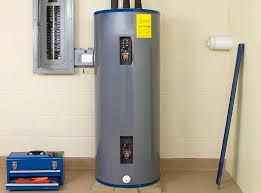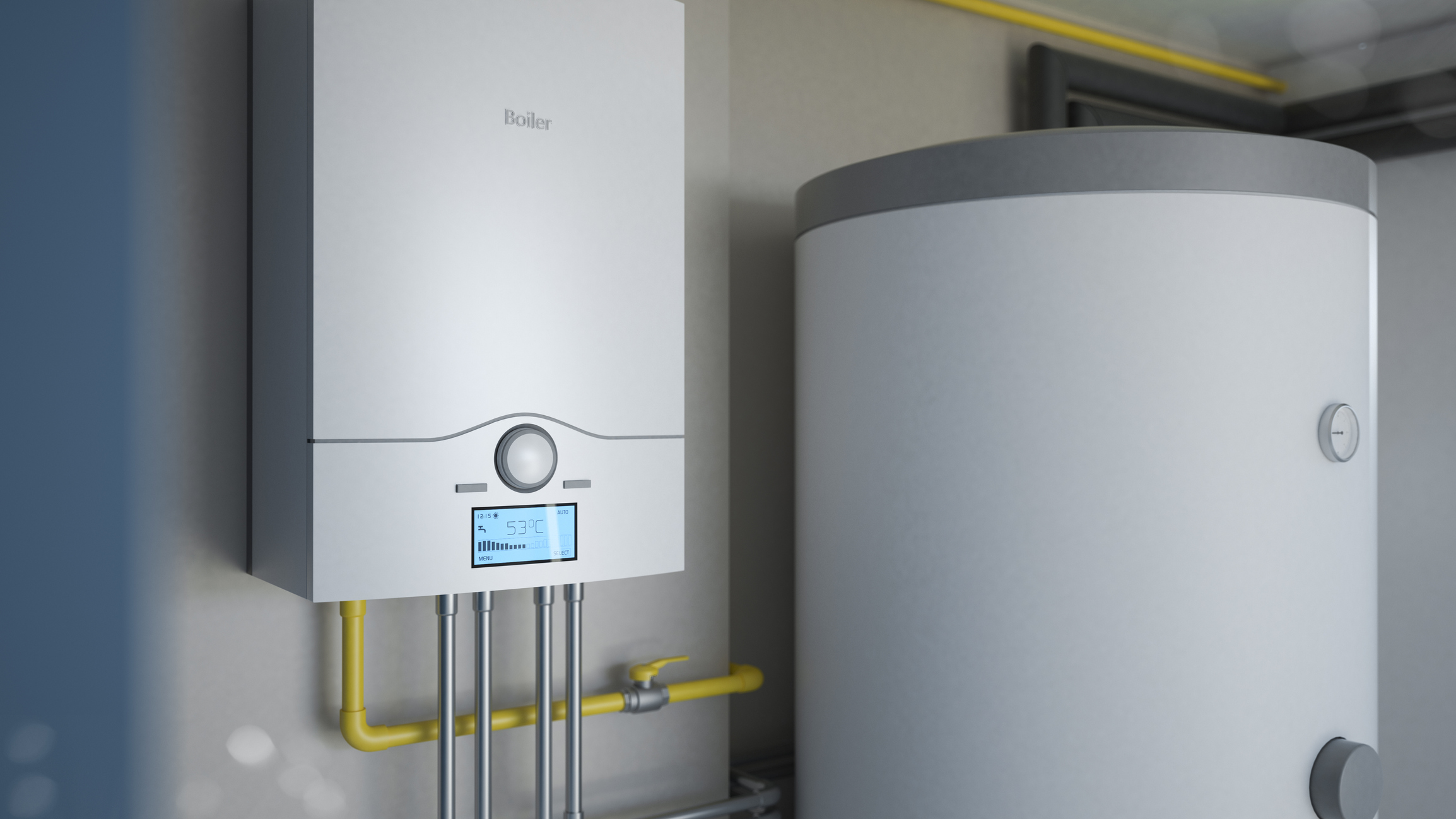How to Keep Your Home's Hot Water System in Good ConditionEssential Tips on Maintaining Your Home's Hot Water System
How to Keep Your Home's Hot Water System in Good ConditionEssential Tips on Maintaining Your Home's Hot Water System
Blog Article
Everyone has their own individual assumption in relation to Tips For Maintaining Your Hot Water Heater.

Hot water is vital for day-to-day comfort, whether it's for a rejuvenating shower or washing recipes. To ensure your hot water system runs effectively and lasts much longer, regular maintenance is crucial. This article offers functional pointers and insights on exactly how to keep your home's warm water system to avoid interruptions and expensive fixings.
Intro
Keeping your home's warm water system could appear daunting, but with a few simple steps, you can ensure it operates smoothly for years to come. This guide covers everything from recognizing your warm water system to do it yourself upkeep pointers and knowing when to hire professional help.
Importance of Maintaining Your Warm Water System
Normal upkeep not just prolongs the life expectancy of your hot water system but additionally guarantees it runs effectively. Overlooking maintenance can lead to lowered effectiveness, higher energy expenses, and even premature failure of the system.
Indicators Your Warm Water System Demands Upkeep
Understanding when your hot water system requires attention can prevent significant problems. Keep an eye out for signs such as inconsistent water temperature, strange noises from the heater, or rusty water.
Purging the Hot Water Heater
Purging your hot water heater eliminates sediment build-up, enhancing efficiency and prolonging its life.
Monitoring and Replacing Anode Rods
Anode rods protect against rust inside the tank. Evaluating and replacing them when broken is vital.
Complicated Concerns Needing Professional Aid
Instances include significant leakages, electric issues, or if your water heater is consistently underperforming.
Regular Expert Maintenance Benefits
Specialist upkeep can include comprehensive inspections, tune-ups, and making certain conformity with safety criteria.
Checking and Changing Temperature Settings
Readjusting the temperature setups guarantees optimum performance and safety and security.
DIY Tips for Upkeep
You can execute several upkeep tasks on your own to keep your hot water system in leading condition.
Looking for Leaks
On a regular basis inspect pipes and links for leakages, as these can result in water damages and higher expenses.
Recognizing Your Hot Water System
Prior to diving into maintenance jobs, it's helpful to comprehend the standard components of your warm water system. Typically, this includes the hot water heater itself, pipelines, anode rods, and temperature level controls.
Monthly Upkeep Tasks
Regular regular monthly checks can help capture small problems prior to they rise.
Testing Stress Alleviation Valves
Testing the pressure safety valve guarantees it functions correctly and stops too much pressure accumulation.
Protecting Pipelines
Insulating hot water pipes minimizes warmth loss and can save energy.
When to Call an Expert
While do it yourself upkeep is beneficial, some problems need specialist expertise.
Verdict
Normal upkeep of your home's hot water system is necessary for performance, longevity, and expense financial savings. By following these suggestions and recognizing when to seek professional assistance, you can make certain a trusted supply of hot water without unforeseen disturbances.
How to Maintain an Instant Hot Water Heater
Before tinkering with your hot water heater, make sure that it’s not powered on. You also have to turn off the main circuit breaker and shut off the main gas line to prevent accidents. Also turn off the water valves connected to your unit to prevent water from flowing into and out of the appliance. 2. When you’re done, you have to detach the purge valves’ caps. These look like the letter “T” and are situated on either side of the water valves. Doing so will release any pressure that has accumulated inside the valves while at the same time avoid hot water from shooting out and burning your skin. 3. When the purge valves’ caps are removed, you have to connect your hosing lines to the valves. Your unit should have come with three hoses but if it didn’t, you can purchase these things from any hardware or home repair shops. You can also get them from retail stores that sell water heating systems. Read the user’s manual and follow it to complete this task properly. When the hosing lines are connected, open the purge port’s valves. 4. You should never use harsh chemical cleaners or solutions when cleaning your unit. Make use of white vinegar instead. It should be undiluted and you’ll probably use about 2 gallons. 5. Now flush your water heater. This task should probably take about 40 minutes. We can’t give you specific directions for this because the procedure is carried out depending on the type, model and brand of your heater. With that being said, refer to the user’s manual. 6. When you’re done draining the unit, you have to turn off the purge port valves again. Remove the hosing lines that you earlier installed on each of the water valves. Put the valve caps (purge port) back in their respective places and be very careful so as not to damage the rubber discs that are found inside these caps. 7. Now that everything’s back in place, check your user’s manual again to find out how to reactivate your water heating system. 8. Once it is working, turn one of your hot water faucets on just to let air pass through the heater’s water supply pipes. Leave the tap on until water flows smoothly out of it. https://www.orrplumbing.com/blog/2014/september/how-to-maintain-an-instant-hot-water-heater/

I was shown that article on What Kind of Maintenance Do Water Heaters Need? from someone on another web address. Kindly take the time to distribute this write-up if you enjoyed reading it. Thanks a bunch for being here. Return soon.
Call Today Report this page